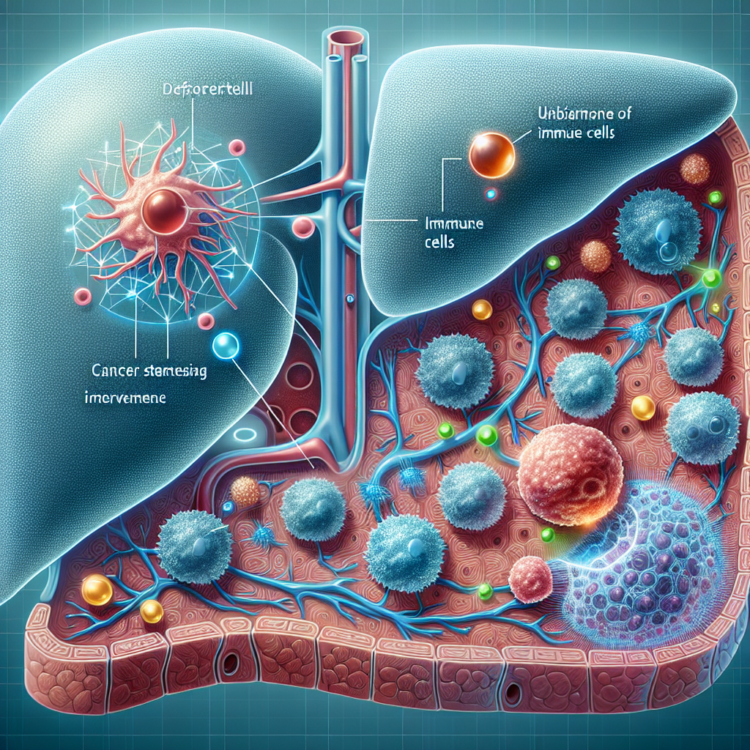The complex dynamics between liver cancer stem cells (CSCs) and immune cells within the tumor microenvironment (TME) are central to the progression of liver cancer. These interactions are critical in creating an immunosuppressive setting that significantly impacts the response to immunotherapy. Liver CSCs, responsible for tumor initiation, metastasis, therapeutic resistance, and recurrence, exhibit heterogeneity and are characterized by various surface markers that contribute to their stemness and metastatic potential.
The origins of liver CSCs are multifaceted, with theories suggesting they may arise from liver stem/progenitor cells, mature hepatocytes, or through the reprogramming of non-CSCs. Identified markers such as CD133, CD90, CD44, and EpCAM have provided insights into the diverse characteristics of liver CSCs, which are vital for their maintenance and immune evasion.
Signaling pathways, including Wnt/β-catenin, NOTCH, and IL-6/STAT3, are integral to the self-renewal and differentiation of liver CSCs and are associated with therapeutic resistance and poor prognosis in HCC patients. Targeting these pathways could offer novel therapeutic strategies.
The TME of liver CSCs comprises a range of components, including tumor parenchymal cells, stromal cells, immune cells, cytokines, and the extracellular matrix, all of which contribute to the properties of CSCs. Notably, cancer-associated fibroblasts (CAFs), tumor-associated macrophages (TAMs), and immune suppressive cytokines are highlighted for their roles in fostering the CSC niche.
The bidirectional relationship between liver CSCs and immune cells is pivotal for CSC expansion and evasion of immunosurveillance. Protumorigenic immune cells, such as TAMs and myeloid-derived suppressor cells (MDSCs), are shown to modulate the TME to regulate cancer progression. Liver CSCs, in turn, can influence the phenotype of T cells and NK cells, shaping an immunotolerant niche.
Therapeutic strategies targeting liver CSCs are examined, focusing on antibody-based therapies, CAR-T cells, and dendritic cell (DC) vaccines. These approaches aim to harness the unique properties of CSCs to boost the immune system’s capacity to identify and eradicate tumor cells, presenting new directions for HCC treatment.
In summary, the intricate interplay between liver CSCs and immune cells in the TME is a critical determinant in liver cancer progression. Understanding these interactions is essential for developing effective therapies. The development of liver CSCs-specific therapies represents a promising frontier in cancer research, with potential to enhance patient outcomes in HCC. Ongoing research is aimed at discovering more effective CSC markers and crafting targeted therapies designed to address the distinct features of liver CSCs.




